Kastela is a picturesque town located on the Dalmatian coast in Croatia. It is located between two larger towns – Split and Trogir. Kastela is a vibrant town that combines history with modernity. The town regularly organizes cultural and historical festivals that attract tourists.
Art exhibitions – presenting local artists and their work.
Music festivals – events that attract many famous performers.
Historical reconstructions – presenting life in Kastela in different eras.
Kastela is famous for its numerous fortresses that were built during the Renaissance and Middle Ages.
Kastela is famous for its numerous fortresses that were built during the Renaissance and Middle Ages. Kastela has a rich sacral heritage, among which the following are particularly noteworthy: St. George’s Church , St. Mary’s Church and , St. Rocco’s Chapel.
Kastela has many charming beaches, ideal for relaxation and active leisure: Resnik Beach, Kaštel Stari Beach and Bijača Beach.
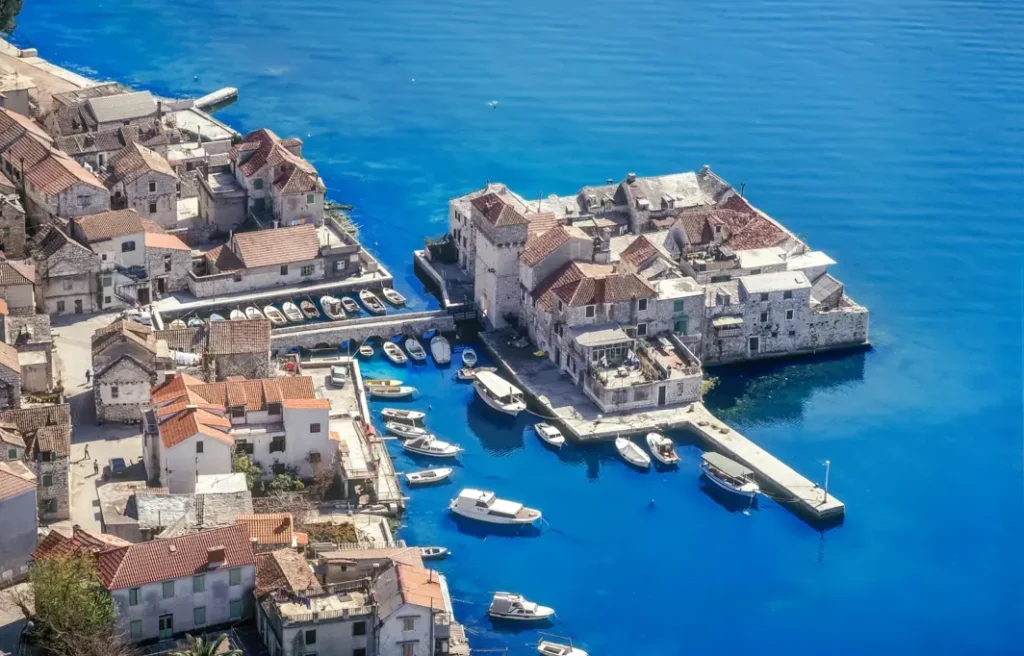
Location
Kaštela is a town stretching over 17 kilometers of the Croatian coast between Split and Trogir, consisting of 7 smaller, charming settlements. The town of Kaštela is located on the coast of the Bay of Kaštela.
Kastilac Fort
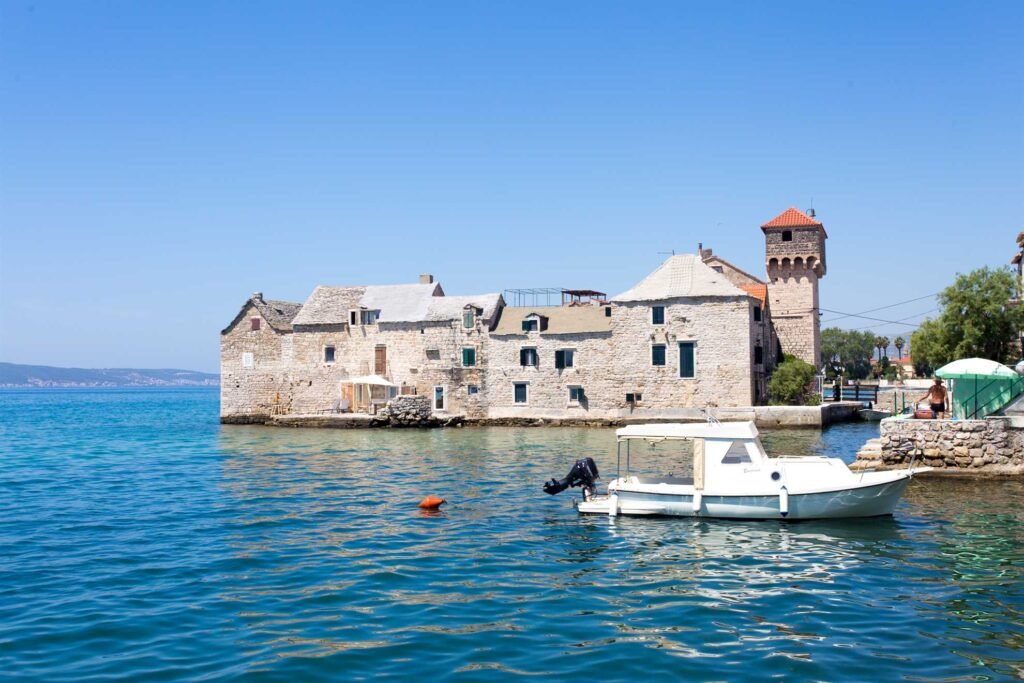
Kaštilac – the castle of the Benedictines of Split from 1529, also called the Abbot’s Castle or later Kaštel Gomilica, is located in Kaštel Gomilica. According to some data, the Abbot’s Castle was completed around 1545.
A visit is a must for every Game of Thrones fan, since this is the shooting location for Braavos. 40 meters from the shore, Kaštilac is situated on a rock in the sea, connected to the mainland only by this stone bridge. Back in the days there was also a crenellation and a wooden defensive walkway. In the middle of the Northern wall, the defensive tower with a machiolation (a gallery protected by brackets from a vertical surface) is still complete today.
Castle Vitturi
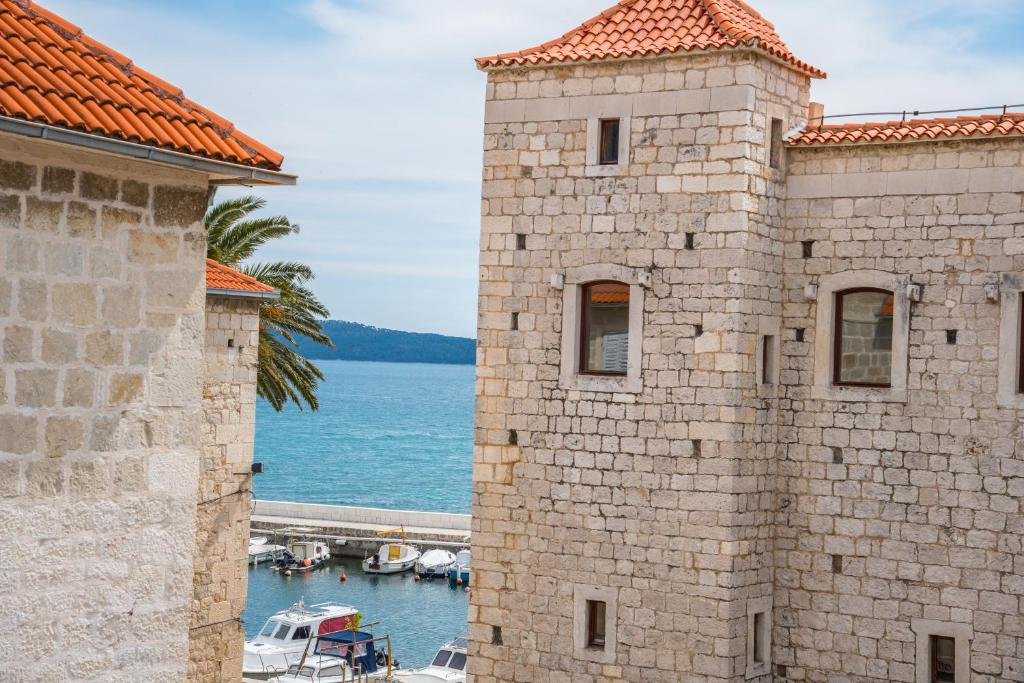
Vitturi Castle is a 15th-century fortress in Kastel Luksic, a town in the administrative vicinity of Kastel. Vitturi Castle was built by the aristocratic Vitturi family from Trogir, in the late 15th century.
It consisted of a residential building and defensive towers and was connected to the mainland by a drawbridge. In the 18th century, the drawbridge was replaced by a stone bridge. Near the fort is a classicist park dating from the second half of the 18th century.
MUSEUM OF THE CITY OF KAŠTELA (Vitturi Castle)
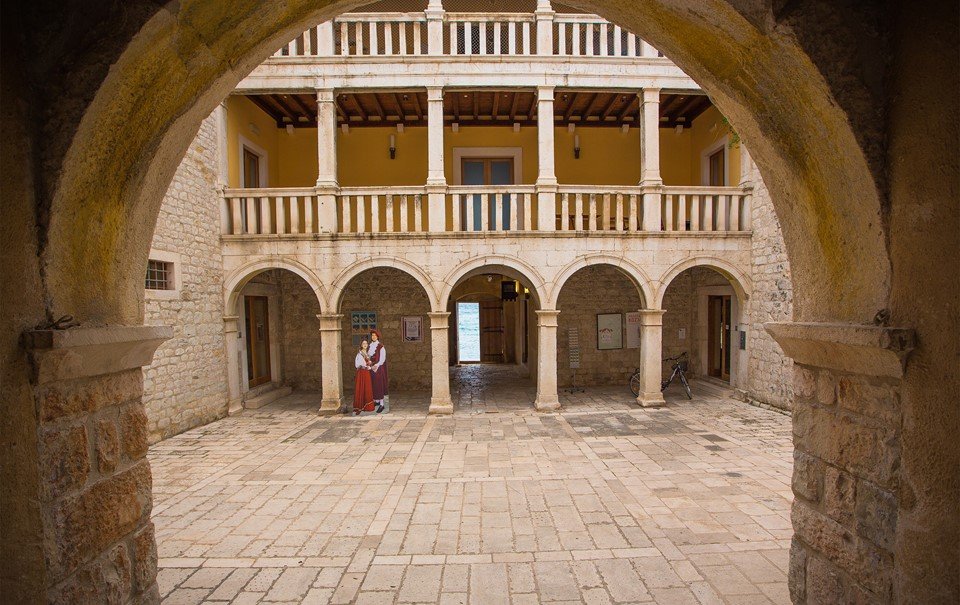
Kaštela City Museum is a general and city museum located in the City of Kaštela. The cultural and historical collection consists of about 500 objects, and the collection of objects for this collection began in 1989. The Ethnographic Collection was founded in 1990 and has more than 180 items that have been collected mainly through donations and redemption.
The Modern Art Collection includes many works of art (about 163 of them), of which 93 are paintings, 26 sculptures, 8 photographs, 36 graphics and drawings. The Studin Gallery (sculptures) is run under the Modern Art Collection.
Putalj winery Split
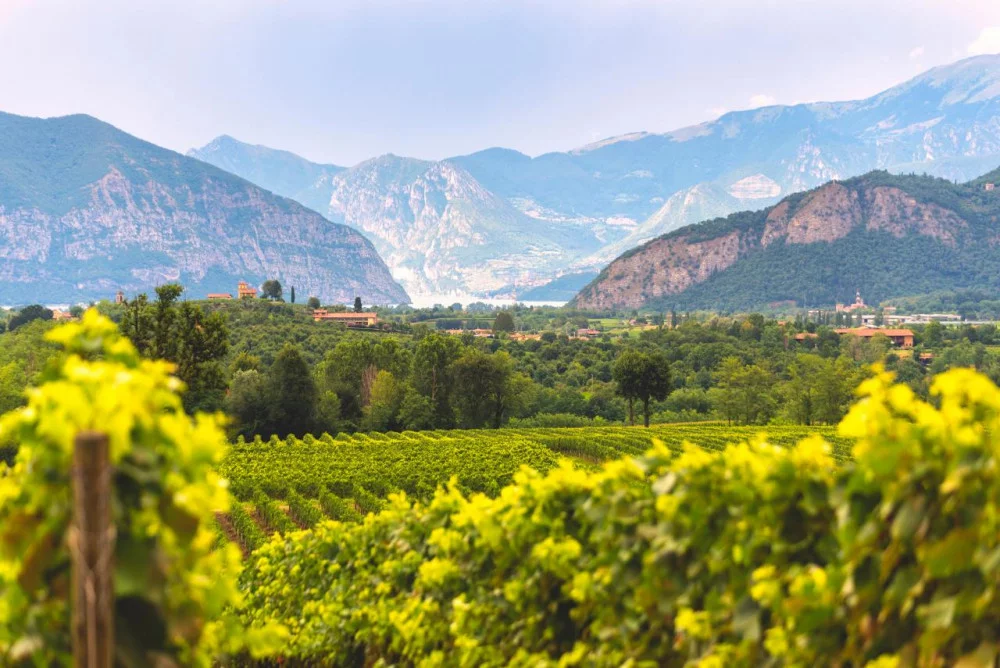
Discover the fascinating history of winemaking in the Dalmatian region, accompanied by great wine, good company and very kind hosts. Putalj Winery is renowned for its production of high-quality wines, particularly focusing on indigenous Croatian grape varieties. Enjoy wonderful views of the city of Split and the sea in the distance.
Winery Bedalov
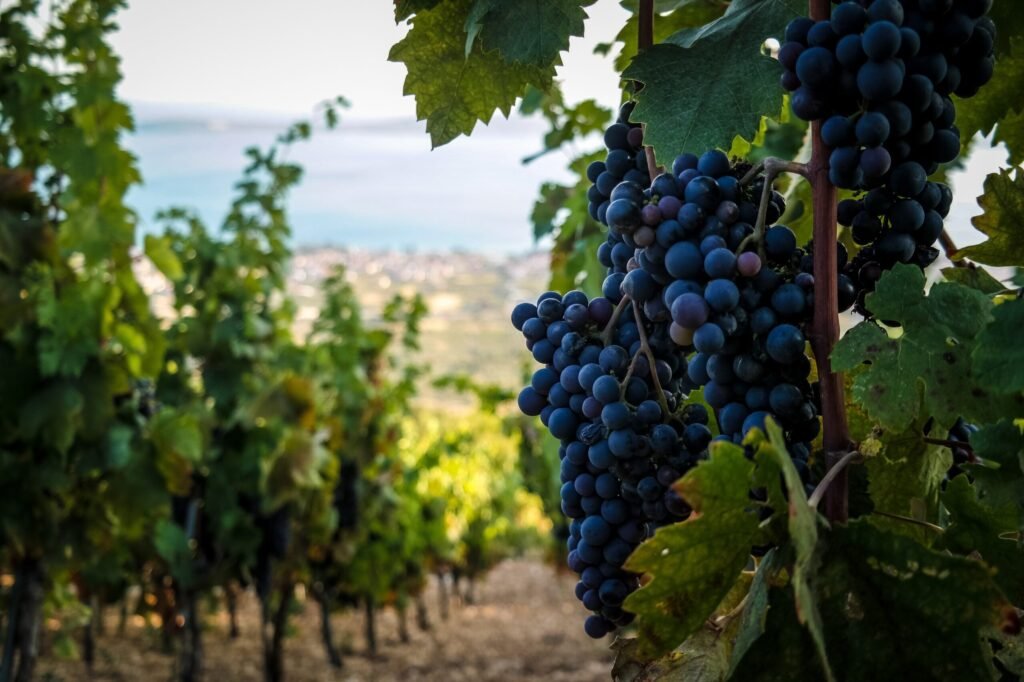
Winery Bedalov is a charming family winery, offering guided wine tastings in their tasting room by the sea. With a focus on organic agriculture and handcrafted high-quality wines, this 4th generation winemaking family is passionate about sharing their tradition and story through each bottle.
Visitors can enjoy a relaxing afternoon sipping on indigenous vine varieties while taking in the stunning coastal views. It’s the perfect spot to unwind and indulge in some delicious Croatian wines.
Biblijski vrt Stomorija
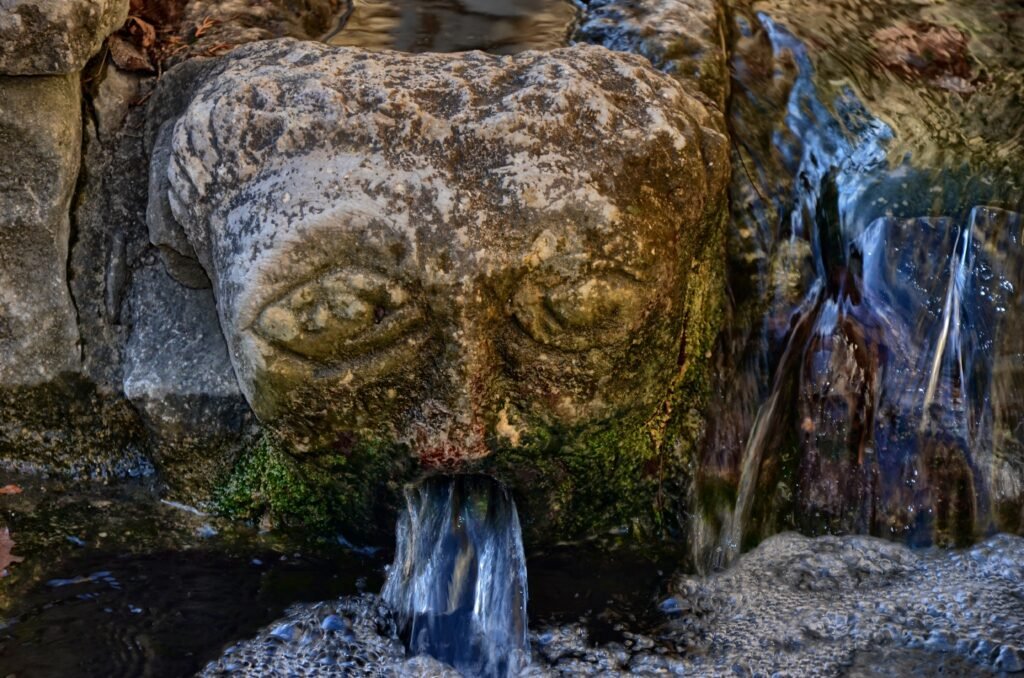
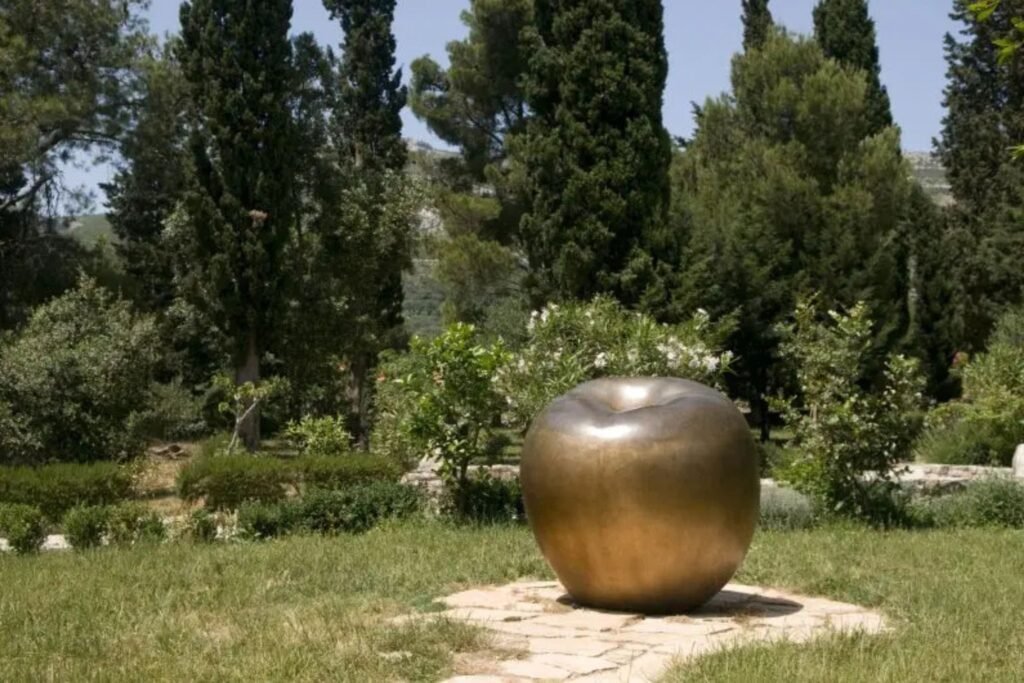
That locality, which they say is the place where spirituality and nature meet, is called the Biblical Garden. It is located in Kaštela Novi, and there you can find some really special plant species. At the end of the 20th century, the Society of the Biblical Garden of Stomorija intensively started building the biblical garden itself. At the very entrance to the Biblical Garden, we were greeted by an olive tree that was blessed by the Holy Father himself.
The members of the society first arranged the plot, planted many biblical plants on it (there are about 110 plants mentioned in the Holy Scriptures, there are supposed to be around 50 growing here right now?!), and at the same time they invited artists to place their works, sculptures, in the garden itself. The garden thus acquires a new, artistic and spiritual dimension again and again!
